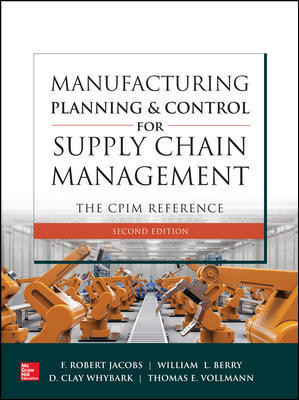ALPHARETTE, GA — Solvay, a global polymer supplier, is expanding its laboratory and research facilities dedicated to additive manufacturing.
Solvay’s expanding 3D printing capabilities are part of the group’s work in advanced light-weighting solutions to replace metals. Utilized mostly in transport at present, where they help reduce the weight of cars and planes and therefore CO2 emissions, they also allow for more design flexibility, thereby lowering waste.
As part of this commitment, and building on Solvay’s established AM technical center and production facility for Sinterline Technyl in Lyon, France, Solvay has opened a new laboratory at its Research & Innovation Center in Alpharetta, Georgia, to forward the development of its advanced materials for AM. In addition to this, Solvay has established a facility at its campus in Brussels, Belgium, dedicated to AM software design and development powered by Digimat from e-Xstream, an MSC Software company. Solvay is also creating a network of solution providers across the AM value chain from universities to equipment manufacturers.
“Additive Manufacturing has emerged as a complementary plastics conversion technology of its own right and is increasingly advancing the particular needs of highly complex parts not possible through conventional melt processes,” said Brian Alexander, head of additive manufacturing for Solvay’s Specialty Polymers Global Business Unit. “As the processes and equipment develop, there is still a lack of reliable high performance materials sourcing and standardization. Solvay is determined to play a leading role in expanding the available polymer choice and optimizing the supply chain for AM based on a solid understanding of the technology and comprehensive customer support.”
AM processes can improve productivity by quickly converting digital designs into functional parts for low to medium volume production without the time or cost required to first build a molding tool and prototype. Thus, they can significantly accelerate the time-to-market for OEMs and Tier suppliers
AM significantly reduces production waste, optimizes the supply chain, eliminates tooling and speeds the time to market for new designs requiring the same high performance expected from traditional polymer conversion methods. In contrast, however, it lends itself to a revolutionary democratization of manufacturing through digitization and file, rather than part transfer.
Solvay’s materials and manufacturing expertise have already contributed to a 3D printed part for the Polimotor 2 all-plastic engine, designed and developed by industry pioneer Matti Holtzberg, which aims to leverage advanced polymer technology to develop a four-cylinder, double-overhead CAM engine weighing approximately 40kg less than today’s standard production engine. The part is a plenum chamber, 3D printed by selective laser sintering (SLS) using Solvay’s Sinterline Technyl polyamide 6 (PA6) powder grade reinforced with a 40 percent loading of glass beads.
Solvay is further exploring the experience gained from Polimotor 2 by conducting studies of how AM might extend its value beyond prototype parts. Among these studies was a comparative evaluation of the tensile properties of samples that were 3D printed and injection molded from KetaSpire KT-820 PEEK. The outcome of the first evaluation suggests the 3D printed parts will be able to meet the demanding performance requirements for these applications even at elevated temperatures seen on an engine. Solvay plans to continue evaluating the comparative performance of printed and molded PEEK parts in these severe applications during the dynamometer test stage of the Polimotor 2 engine.
These findings were echoed at Solvay’s technical center in Lyon, France, where additional material characterization and prototype validation is underway for 3D printed functional prototypes fabricated from Sinterline Technyl PA6.
“A recent study of the plenum for the Polimotor 2 project confirmed that AM offers a significant, yet grossly under-utilized potential for light-weighting and complex design, even beyond the scope of injection molding,” said Dominique Giannotta, Sinterline program leader for Solvay’s Engineering Plastics Business Unit. “However, to fully take advantage of this powerful potential, industrial designers must begin to conceive parts for additive manufacturing from day one.”
Solvay has experience in SLS, with its range of Sinterline Technyl polyamide 6 (PA6) materials, which exhibit much higher stiffness and thermal resistance than competitive PA11 or PA12. They are available in neat and glass-bead filled grades, suitable for use in demanding SLS applications from automotive, transportation and construction to sporting goods, appliances and electrical markets. In addition, an unfilled grade has passed compliance testing for USP class VI medical applications.
Solvay is developing other specialty polymers for AM in Alpharetta, including AvaSpire polyaryletherketone (PAEK), KetaSpire polyetheretherketone (PEEK), and Radel polyphenylsulfone (PPSU) for Fused Filament Fabrication (FFF), and polyetherketoneketone (PEKK) compatible with SLS. A number of products will be available for sampling by the end of 2016, including neat and fiber-filled grades of Solvay’s KetaSpire PEEK and Radel PPSU for FFF 3D printing process.
With its acquisition of Cytec, Solvay has gained a leadership position in PEKK, a material that has proven itself for SLS AM processes.
For more information, visit www.solvay.com.

